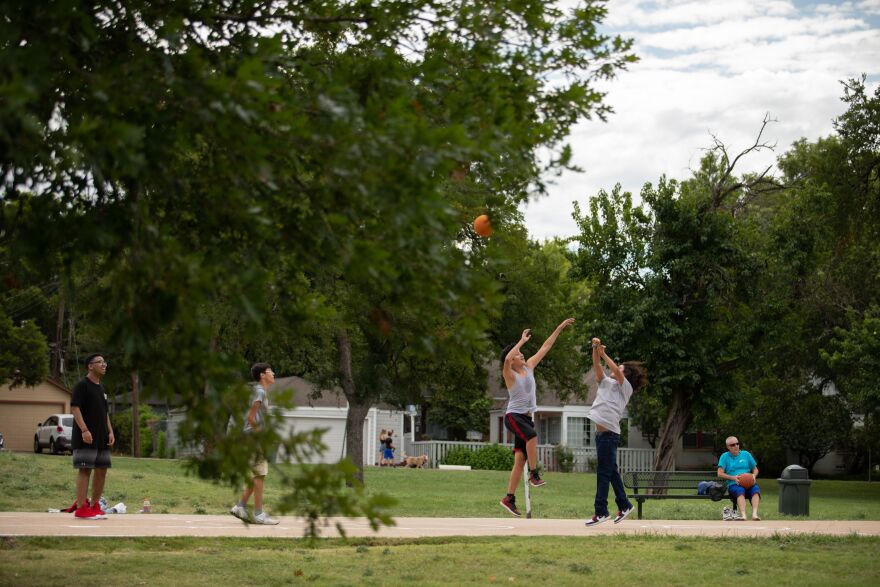City officials will look into whether vacant, unused city-owned land can be used for parks, recreational spaces and affordable housing for residents.
Mayor Eric Johnson asked the city manager to conduct an inventory of unused land that could be of use, asking him to work with the Dallas Park and Recreation Department and Trust for Public Land to find possible locations for public space.
The main goal, Johnson said, is more park accessibility for the whole city.
"I want to make sure that no one, in any part of our city, isn't within a 10-minute walk of a park,” Johnson said.
The mayor’s move to find new park space comes after his Nov. 15 State of the City address, in which he pushed park expansion as one of his key priorities as the city prepares a $1 billion bond package for voters in 2024.
Johnson said the City Manager approved the request, and the process will soon begin for surveying vacant land.
“If it's in our inventory right now – if it’s city owned, we own it free and clear – let's talk about what we can do to help increase the parkland in the city,” Johnson said.
The Trust for Public Land said it would work closely with the mayor’s office and the parks department to identify areas in need of green space access. The nonprofit has helped carry out renovation plans like the South Oak Cliff Renaissance Park and Judge Charles R. Rose Community Park.
Robert Kent, TPL’s Texas state director, said Dallas’ green space has improved since 2014, when only 58% of the city’s residents were a 10-minute walk from a public park.
Dallas has made progress on that front; TPL reports 73% of residents are now close to a public park or green space. Still, the city ranks 53 out of the 100 largest cities in the United States based on its residents’ access to parks.
“Whether that is a property that is currently being used for stormwater detention, or whether it is surplus property in the land bank, all these things could end up being great places for people to enjoy spending time outdoors,” Kent said.
Ryan O’Connor, assistant director for the Dallas Park and Recreation Department, said the city’s work with groups like TPL, the Texas Trees Foundation and local school districts have made a dent in the city's "park deserts," bringing outdoor spaces closer to communities that traditionally have gone underresourced.
“The resident expectation is that there is now a fully functional park that is close to where they live, where previously there wasn't,” O’Connor said.
Both Kent and O’Connor said they hope to meet and discuss the results of the inventory later this month.




